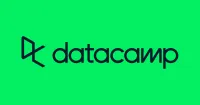
Writing Functions in Python 
Python functions are a powerful tool for writing code that is easy to read, maintain, and debug. In this article, we'll cover docstrings and why they are important, as well as how to tell when a chunk of code needs to be turned into a function. We'll also look at how Python passes arguments to functions in detail, as well as some common pitfalls that can cause debugging headaches when calling functions. We'll also understand decorators (functions as objects, scope, and closures), and will give you a good overview of how decorators are used and defined. To help you understand how decorators work under the hood, this chapter provides a slew of real-world examples of when and how you might use decorators in your own code. Finally, we'll learn advanced decorator concepts such as how to keep the metadata of your decorated functions and how to write decorators that take arguments. ▼
ADVERTISEMENT
Course Feature
![]() Cost:
Cost:
Free Trial
![]() Provider:
Provider:
Datacamp
![]() Certificate:
Certificate:
No Information
![]() Language:
Language:
English
Course Overview
❗The content presented here is sourced directly from Datacamp platform. For comprehensive course details, including enrollment information, simply click on the 'Go to class' link on our website.
Updated in [June 30th, 2023]
This course provides an overview of writing functions in Python. It covers docstrings and why they are important, as well as how to tell when a chunk of code needs to be turned into a function. It also explains how Python passes arguments to functions in detail, as well as some common pitfalls that can cause debugging headaches when calling functions. Additionally, the course covers decorators (functions as objects, scope, and closures), and provides a good overview of how decorators are used and defined. To help students understand how decorators work under the hood, this chapter provides a slew of real-world examples of when and how they might use decorators in their own code. Finally, the course teaches advanced decorator concepts such as how to keep the metadata of decorated functions and how to write decorators that take arguments.
[Applications]
After this course, it is suggested that the application of this course be used to create functions in Python that are well-documented and organized. Additionally, it is suggested that the course be used to understand how Python passes arguments to functions, as well as how to use decorators and advanced decorator concepts. Finally, it is suggested that the course be used to create functions that are able to keep the metadata of the decorated functions and write decorators that take arguments.
[Career Path]
One job position path that is recommended to learners of this course is a Python Developer. A Python Developer is responsible for writing server-side web application logic in Python programming language. They are also responsible for developing back-end components, connecting the application with the other (often third-party) web services, and supporting the front-end developers by integrating their work with the Python application.
The development trend for Python Developers is to become more specialized in their field. As the demand for Python Developers increases, employers are looking for developers who have a deep understanding of the language and its capabilities. They are also looking for developers who have experience with web frameworks such as Django and Flask, as well as experience with databases such as MySQL and MongoDB. Additionally, employers are looking for developers who have experience with cloud computing platforms such as Amazon Web Services and Microsoft Azure.
[Education Path]
The recommended educational path for learners of this course is to pursue a degree in Computer Science. This degree will provide learners with a comprehensive understanding of the fundamentals of computer science, including programming languages, algorithms, data structures, operating systems, and computer architecture. Learners will also gain an understanding of the development process, software engineering, and computer networks.
The development trend of computer science degrees is to focus on the application of computer science principles to solve real-world problems. This includes the development of artificial intelligence, machine learning, and data science. Additionally, computer science degrees are increasingly focusing on the development of mobile applications, web development, and cloud computing. As technology continues to evolve, computer science degrees will continue to focus on the development of new technologies and applications.
Course Syllabus
Best Practices
Context Managers
Decorators
More on Decorators
Course Provider

Provider Datacamp's Stats at AZClass
Discussion and Reviews
0.0 (Based on 0 reviews)
Explore Similar Online Courses

Servicenow Portal Tutorial

TESOL: Language Teaching Methodology
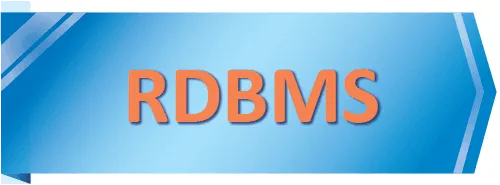
RDBMS PostgreSQL
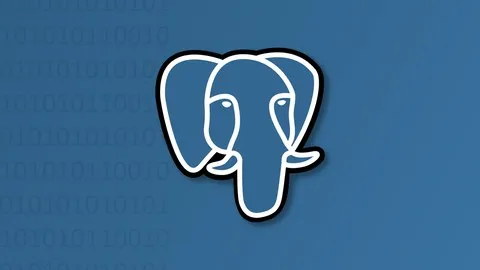
Intro To PostgreSQL Databases With PgAdmin For Beginners
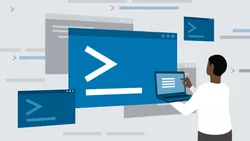
PostgreSQL: Client Applications

Mastering SQL using Postgresql

Database Design and Basic SQL in PostgreSQL
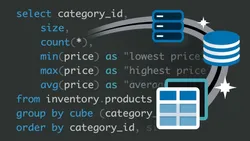
PostgreSQL: Advanced Queries

Spatial SQL with Postgres : A language for geographers

Learn SQL Using PostgreSQL: From Zero to Hero
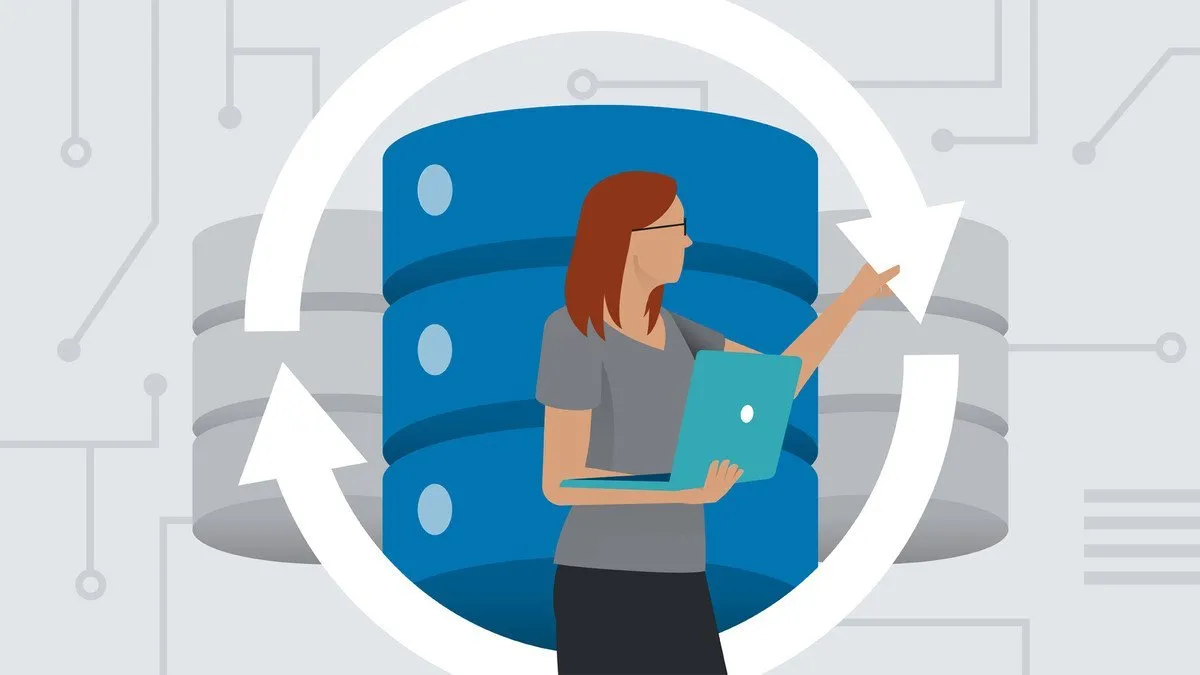
PostgreSQL Essential Training
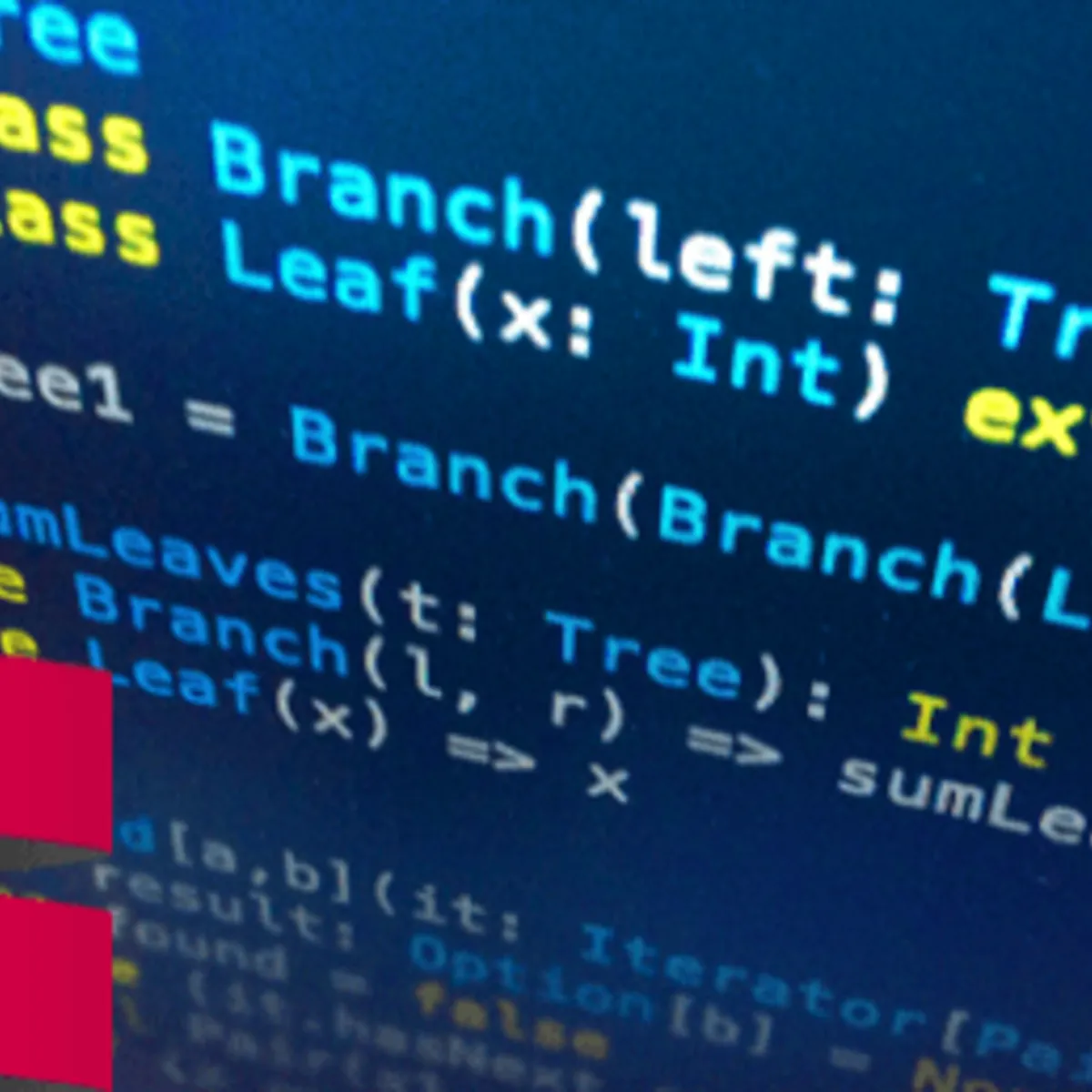

Start your review of Writing Functions in Python